Pragati Sharma: Let's try to understand what the problem statement is. So now what we have in hand is a Web application and we need to perform functional automation for that and we need to club that with some accessibility automation. For this, we would be using Cypress as our Web automation framework. And Cypress actually provides us handful of advantages, like one of them being that it runs in the same loop user application, unlike other testing tools which set outside your browser, which means that you would definitely be encountering a lot less synchronization issues while you use Cypress. Another thing to notice is that it provides you the need of access to the DOM elements. So to all the document object models like different objects, window objects, document objects, HTML, divs, all of them would be easily accessible using Cypress. Also, it shows you the hidden shadow elements of shadow dom elements. They would also be accessible using Cypress. Then Cypress can be actually thought of as a one stop solution for all your automation needs because it also has its own assertions. Now, coming out of the other thing, which is the accessibility engine called Axe the beauty of Axe is that you can actually integrate that with any number of different testing tools. Name it and you have it so it can beautifully get integrated with Cypress, Selenium, TestCafe, rest assured. So it simply means that whatever automation we do have in place, just on the top of it, add Axe as the accessibility engine, also whatever modernly browsers we usually use for testing purposes like Chrome, Firefox, I.E. Safari, so all of them can be tested using Axe.

Comments are closed.